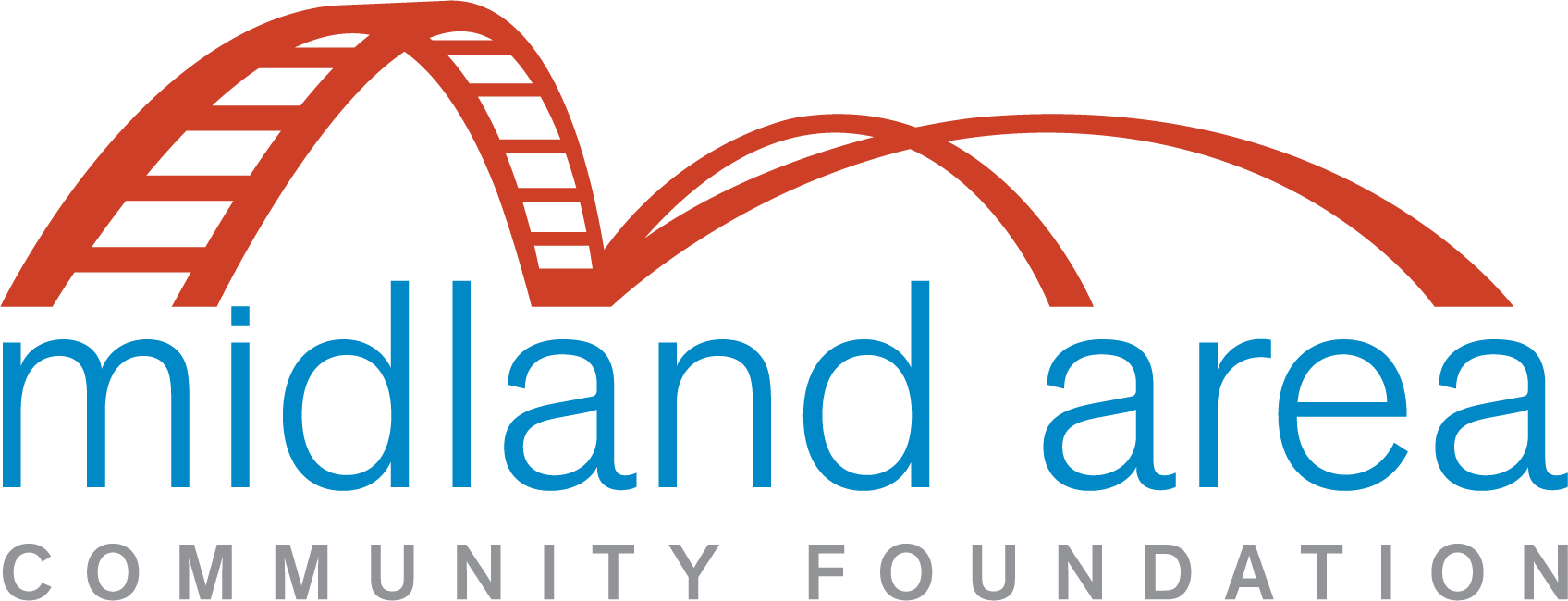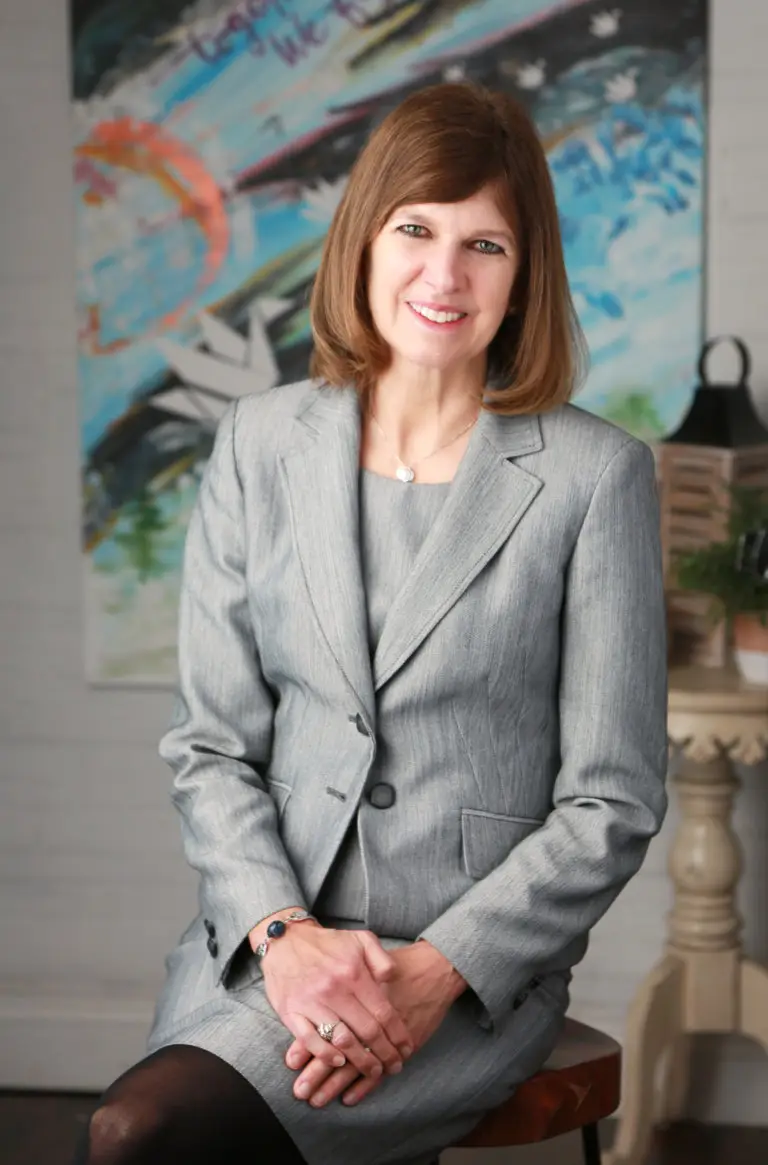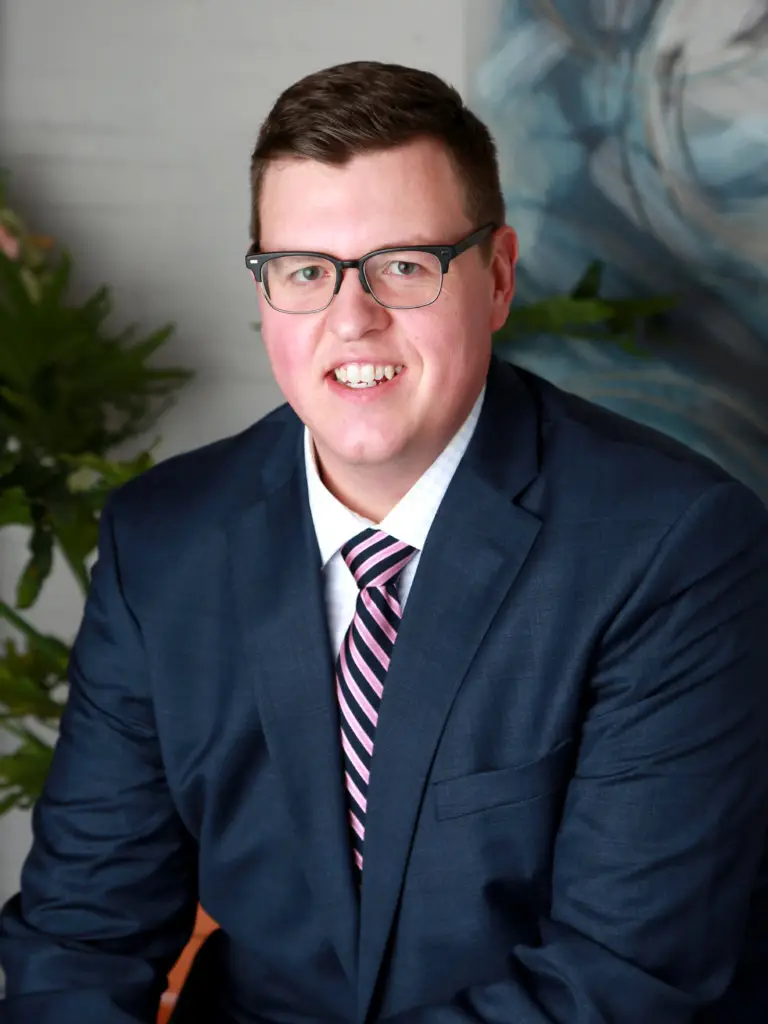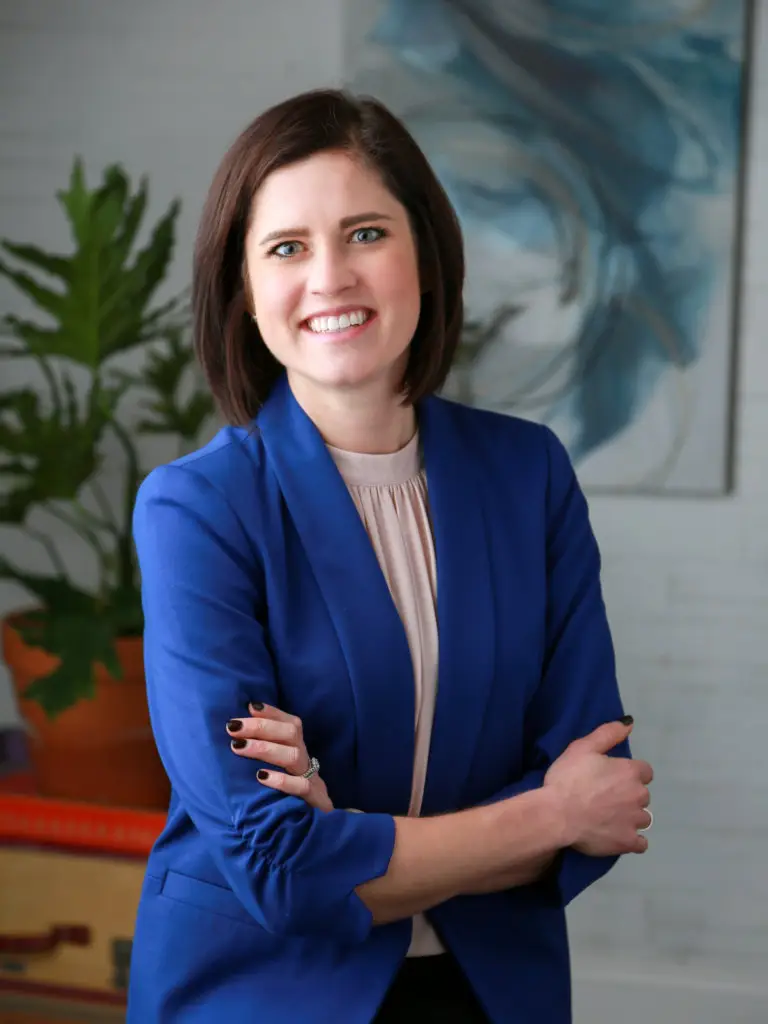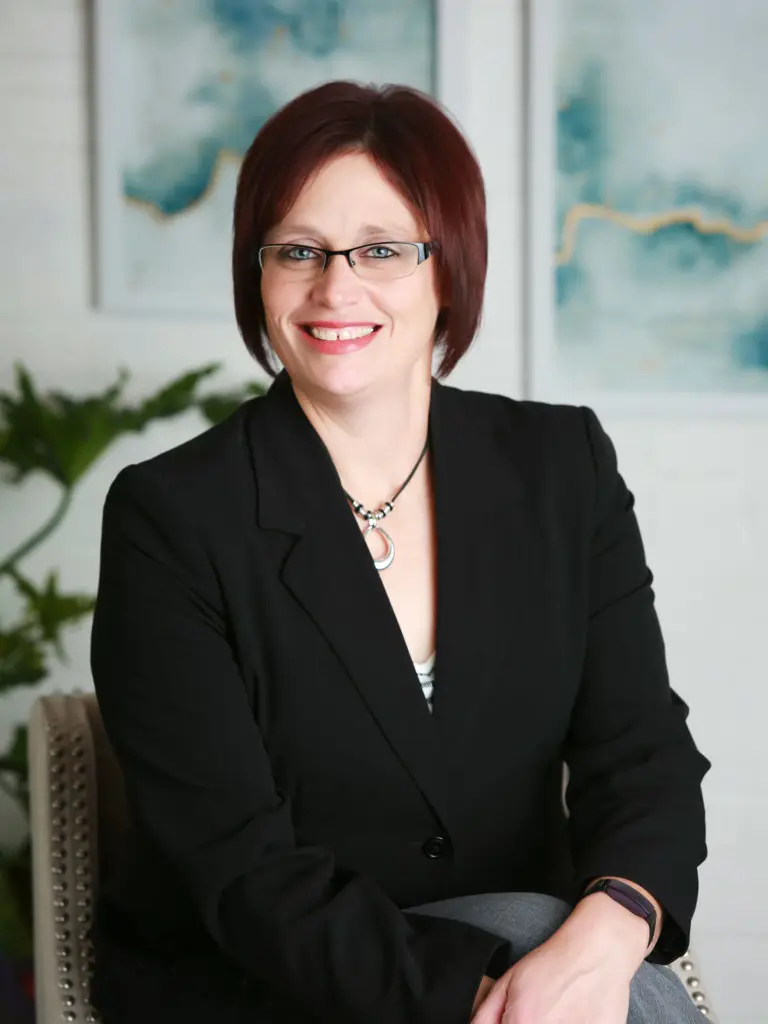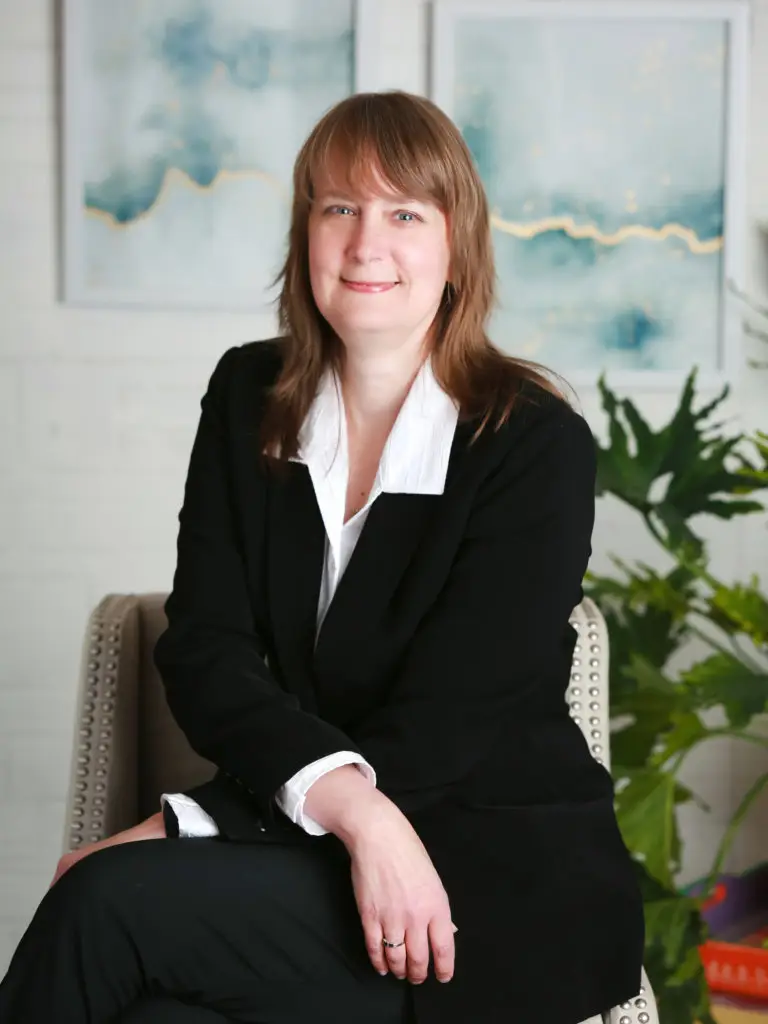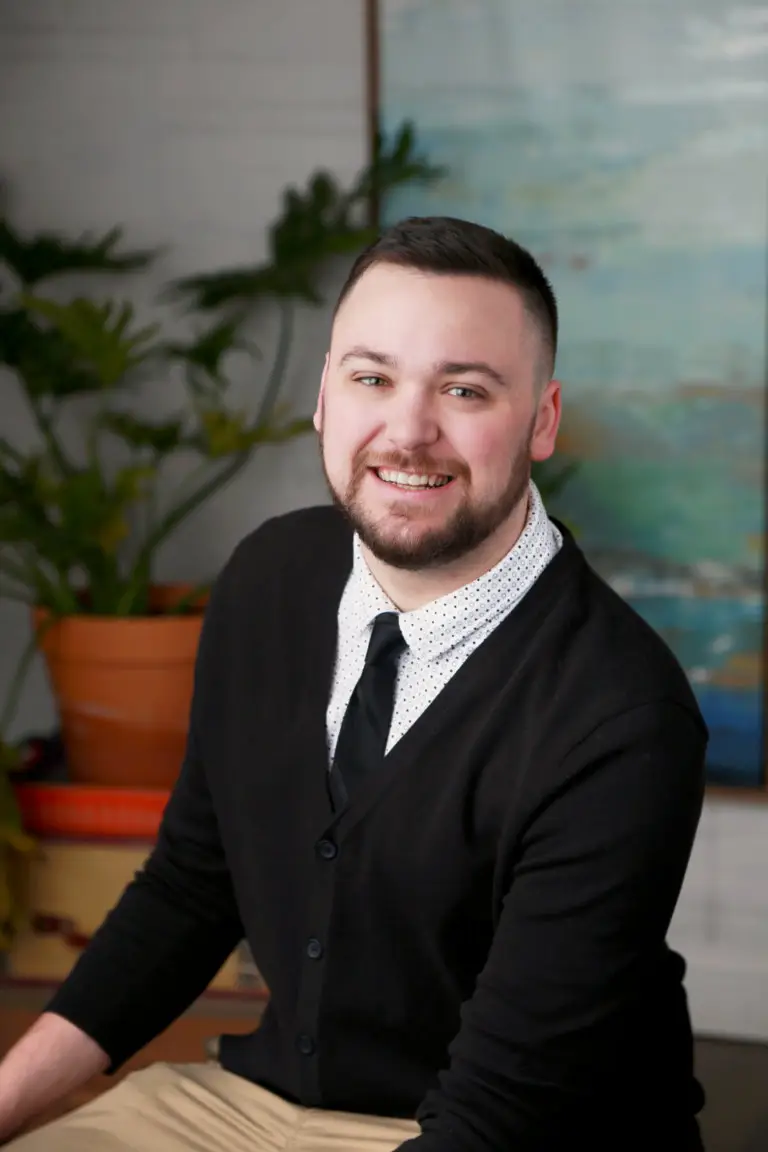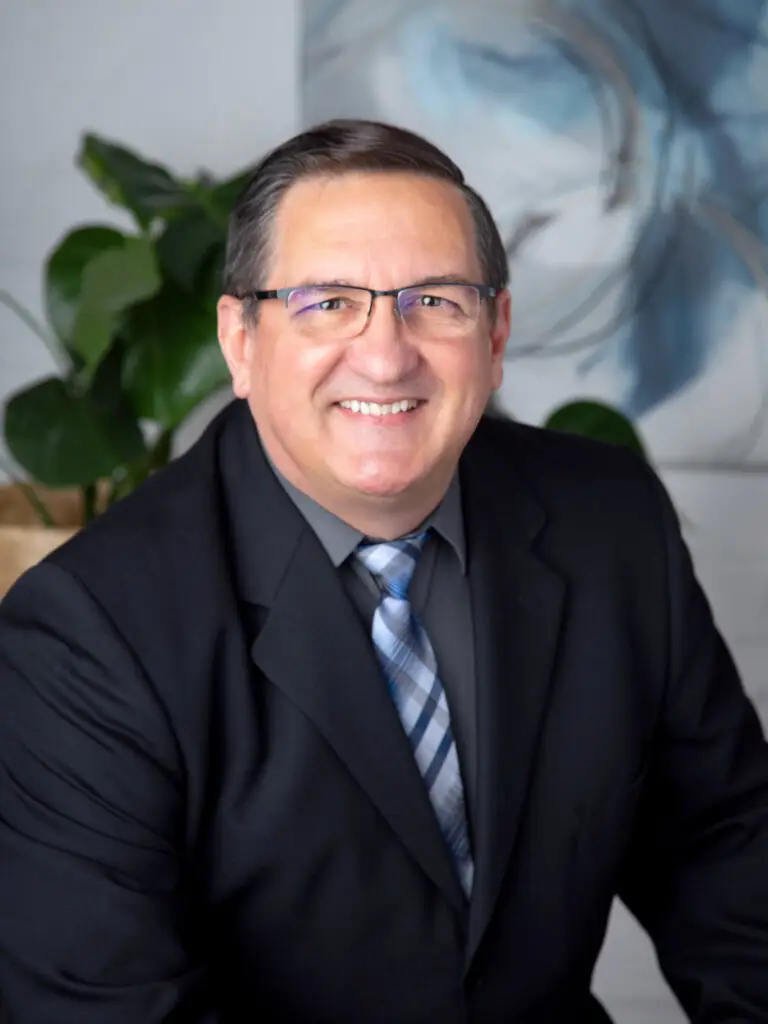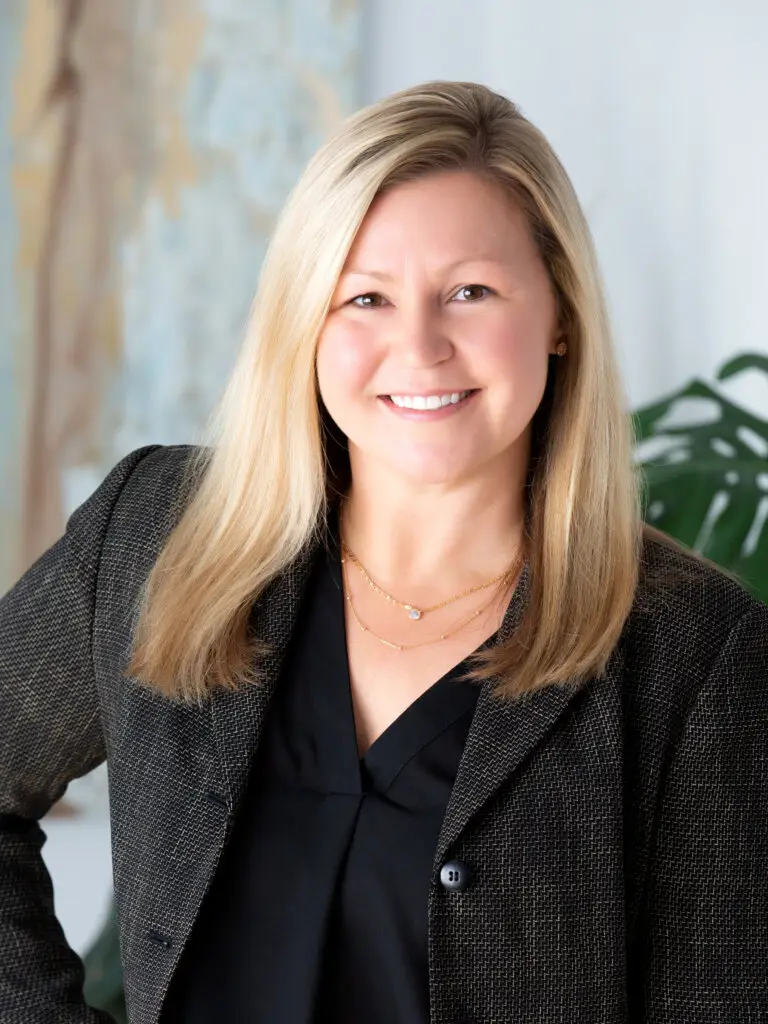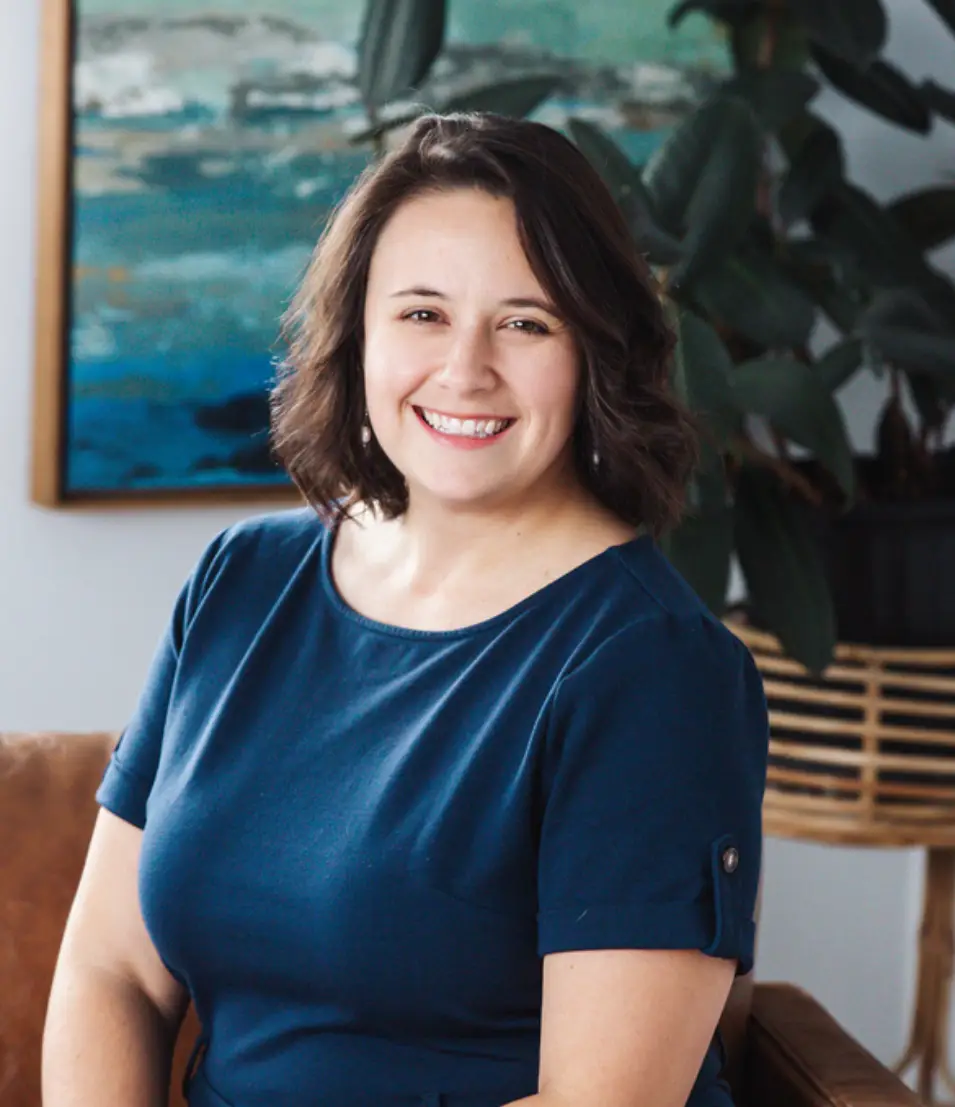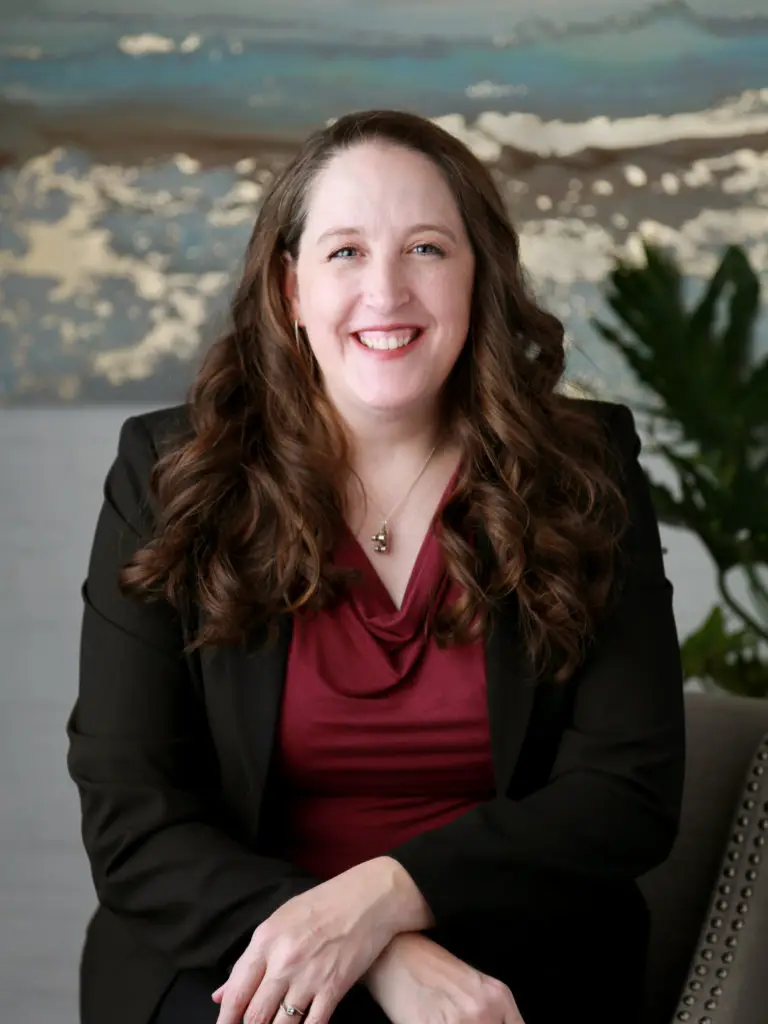OUR PURPOSE
We exist to cultivate the power of giving within our community, support long-term transformation, and help ensure all residents thrive.
WHAT IS A COMMUNITY FOUNDATION?
Most of us don’t have the ability to donate millions of dollars toward our favorite cause. However, when a lot of people pool their resources together to work toward a common goal, amazing things are possible. That is the essence of a community foundation. We reflect and support our donors’ wide array of interests including arts and culture, economic development, education, environment, health, human services and recreation. The Community Foundation holds over 700 funds, each with it's own unique purpose.
As money is endowed to the Community Foundation, the gifts grow forever, providing ongoing support to help the community prosper. The Midland Area Community Foundation is Midland's organization that is building permanent community capital.

We fund several types of philanthropy, including: GrantsScholarshipsProjects
Grants
Grants
The Midland Area Community Foundation provides over $2 million every year to support a wide variety of community programs. Grant applications are accepted four times a year.
Scholarships
Scholarships
We’re dedicated to providing students the opportunity to continue their education beyond high school. Scholarships provide an investment in the community’s future and help students achieve their dreams.
Projects
Projects
Project funds allow our members to donate for specific purposes. Individuals, corporations, and family foundations may all be a part of a project. The Tridge is perhaps the best example of a project that MACF helped bring to life, with generous support from several family foundations.
OUR HISTORY
On October 2, 1973, twenty-five Midland leaders and volunteers came together to establish the Midland Area Community Foundation. Described as “by the people, for the people,” the Community Foundation grew out of the belief that everyone can positively impact their community through philanthropic giving.
Over the past five decades, many dreams have become realities. Area treasures like the Tridge, Fun Zone, Rail Trail, and the Midland Area Santa House are all indebted to the Community Foundation's investment and promotion. Celebrations like the Midland Area River Days Festival and the Courthouse Lighting have brought people together. Over a hundred nonprofit organizations have been able to continue their missions, and thousands of students have received financial help they needed to further their education. Putting their money together, donors have given the community greater vibrancy as their gifts have enriched and improved quality of life.
Midland Area Community Foundation: For Good. For Ever. For All.
STAFF
TRUSTEES
ORGINAL TRUSTEES
- Ann Smock
- Bernard ‘Barney’ Lorimer
- Esther Schuette Gerstacker
- Ethel Thrune
- Joe Temple Jr.
- James “Jim” Kendall
- James Rood
- John Riecker
- Julius Blasy
- Julius “Jay” Grosberg
- Macauley Whiting
- Ned Arbury
- Norman “Slim” Rumple
- O. James “Jim” Clark
- Roy M. Goethe

Ann is one of two living original Trustees. She lives in Aspen, Colorado, and Scottsdale, Arizona.
Ann is from St. Louis, Michigan.
Her Dad was a doctor in St. Louis, Dr. Wilson.
Ann earned a degree in Public Health at U of M.
She married Sidney Smock, who, after his residency in anesthesiology, practiced in Midland at Midland Hospital. Sid passed away in 2012; Ann later re-married to Richard Moebius, Ann Smock Moebius).
Ann shared the following via email:
Midland is a very special community which has always demonstrated leadership in a wide range of public and private enterprises that have benefited society locally, nationally, and internationally. When my husband, Sidney N. Smock, M.D., and I moved from Midland 40 years ago, we carried with us that spirit and collectively made commitments to share our time, talents, and financial gifts to benefit worthwhile causes. We lived for decades in each: Ann Arbor, Michigan; Scottsdale, Arizona; and ultimately retired in the Aspen, Colorado community. In each locale, both Dr. Smock and I together supported the Arts (especially music and theater), Environmental causes, and, probably most dear to our hearts, we used our professional skills to aid and improve health care for all. In all of our philanthropic activity, we really considered ourselves a “team.”
A few Examples of our heartfelt efforts:
While in Ann Arbor, I completed a master’s Degree in Public Health Education/Administration while Dr. Smock served as Director of Emergency Services at University of Michigan Medical Center. Dr. Smock became involved with colleagues nationwide to promote and establish the specialty/residency in Emergency Medicine, which has resulted in top-quality “first response” care and triage in Emergency Rooms nationally and internationally. In Dr. Smock’s research At the University of Michigan, he determined that on-site treatment of pulseless patients with shock therapy saved lives. His theories and writings subsequently led to the development of the AED device, which is used by medical response teams—and even bystanders in public places, literally globally—to revive heart attack/heart event patients. When we moved to Arizona in the late 1970s, the outpatient surgery concept was being tested in Phoenix. Dr. Smock became involved in establishing a freestanding outpatient surgery center in Scottsdale. He also began promoting the idea of freestanding urgent care centers, Which would be available to people who had no primary care physician or were traveling—and which care costs the medical care system far less than service in hospital emergency room care.
In my own advocacy for better health care, in each community where we have lived, I promoted written instruction for patients when they both entered and exited healthcare venues. In my lifetime, I have seen this concept become standard in medical care. As a consultant in Arizona, I worked with the Arizona State Senate to establish their own version of Medicaid (called ACCESS) to enable the state to qualify for Federal matching funds. I volunteered in Phoenix at St. Mary’s Food Bank in its early/formative days; today, it is operated at the highest level of a business model, serving a widespread community. it was an exceptionally important asset during the recent COVID pandemic. We have continued to extend financial gifts to St. Mary’s as well as to food banks in the Western Colorado area. Another passion of mine has been to support an organization in Western Colorado which advocates for and shelters women and children who have been subjected to domestic abuse.
I choose to share this information in the hopes that it might stir others to see that their philanthropic actions, over a lifetime, large or small, do make a difference. And I know it was the intent of those of us who initiated the Midland Area Community Foundation to energize people to act collectively and individually for the greater good for all.
With gratitude and best wishes to those who are continuing the exceptional work of MACF,
Ann Smock

Everyone knew Bernard as “Barney”.
Terry Moore, who succeeded Barney as Midland Hospital President) shared, “Barney was the kindest person I ever worked for.”
President of the Midland Hospital for over decades (31 years; 1945-1976).
He had just returned from WWII duty as the ‘Captain of Detachment Commander’ in the Army Administration Corps, responsible for a 500-bed hospital on a ship that returned to port with the war’s end on V-J Day.
He began his role in Midland on November 8, 1945, assuming executive leadership for the mere 47-bed hospital. DuHerew the hospital to a regional center with 307 beds. During his tenure
Over 30 years, Barney led the hospital to become a significant regional health center.
Barney also worked to preserve the forest setting and the presence of nature on the 40-acre campus.
In 1970, Lorimer was presented with a Doctor of Public Service degree by Central Michigan University,
His award citation read in part, “Thousands of people in Midland and the entire Midwest have benefited from Barney E. Lorimer’s imaginative leadership in improving health care over the past 25 years.”
During his hospital career, Lorimer has held leadership positions in numerous professional organizations. He served as President of the Michigan Hospital Association and the Tri-State Hospital Assembly. He was a life member of the American College of Hospital Executives. He received many honors throughout his career.
The annual Barney E. Lorimer Award for career achievement was established at the Mid-Michigan Medical Center in 1978, recognizing an employee who reflects his high standards of loyalty, dedication, compassion, and concern for people.
In “retirement,” Barney served with the International Executive Service Corps, advising hospitals in Istanbul, Turkey, and Kingston, Jamaica. The son of a Lutheran pastor, he was an active member of his churches.
Barney died on August 21, 2013, in St. Paul, Minnesota, at 97. He was survived by his three children, Ann, Bill, and Lisa, four grandchildren, and three great-grandchildren. Barney and his wife, Miriam, were married for 61 years. They lived in Midland for 40 years.

Esther was born Esther Cathrin Little in Cleveland, Ohio— the fifth of seven children.
She met William H. Schuette at Cleveland’s West Technical High School.
Esther earned a scholarship and a diploma at Hiram College, 40 miles from Cleveland.
Esther & Bill married in 1940 and moved to Midland in October of 1941 when Bill was recruited to work at Dow. From that time on, Midland was her home.
Esther & Bill Schuette had three children.
Esther was active in many important civic and community campaigns during her 62 years in Midland, beginning with the Red Cross Canteen Group in WWII.
Bill Schuette passed away in 1959, just in his 40’s. Some years later, in 1975, Esther married Carl Gerstacker, Chairman & President of Dow.
The Gerstackers had a leading role in the founding of the Midland Area Community Foundation and in the building of the “Tridge,” now a symbol of the city.
Carl and Esther brought the leader of the Cleveland Area Foundation to Midland. There was a cocktail party at the Midland Country Club, and several Midland advocates spoke with Esther and Carl.
Esther viewed the Midland Foundation as a catalyst for leadership to build Midland’s future.
Esther’s community involvement during her 62 years in Midland included:
Midland Center for the Arts Board, Midland Symphony Orchestra Board, Cancer Center, Northwood University, Midland Music Society, Visiting Nurse Association, and the Salvation Army. e was president and trustee of the Rollin M. Gerstacker Foundation, Midland Community Foundation. e was listed among 150 outstanding women in Michigan in 1987.
Esther Gerstacker was the Midland Area Community Foundation president for six years.
Mary Neely (MACF Board, 1984) stated at the 1984 Annual Meeting:
“Esther’s leadership has been nothing short of phenomenal. Her vision of the future has been and continues to be a challenge for all of us who work with her. Ther, the first to say that many share the responsibility for the accomplishments of the six years.”
But, Mary Neely shared, it does take that “energizer,” and I can’t think of a better description for Mrs. Gerstacker.
Mary Neely shared, “No one in Midland will ever forget the 3-legs of the Tridge finally spanning our rivers and the marvelous day when one could walk across. If one could pick a day when the foundation came into its own, that would have to be the day. Esther Gerstacker has been at the helm.”
Esther said that if the Midland Foundation is to survive and grow, it needs persons willing to dedicate some of their ideas, talents, and treasures to Midland – how well she has followed her own advice.
Esther & Carl were a formidable couple:
They have been repeatedly named by former and current foundation members when asked who was the organization’s backbone.
When Carl and Esther Gerstacker saw a neglected Tittabawassee River, it first troubled them and then encouraged them. rl & Esther quoted upon being given the Midland beautification award. Carl gave his wife credit for the work. Esther does all the designing and the planning, and then she says ‘Jump,’ and I dig the hole,” he said.
Carl quoted, ‘I really do these things because I’m selfish; I live here, I want this place to be the finest place in the world because I live here”.
In 1997, a park sculpture at the Tridge, named ‘the couple,’ was erected in the Gerstacker’s honor.
This was to commemorate the work of philanthropists Carl & Esther Gerstacker. The bronze statue, sculpted by local artist James Hopfensperger, “the couple” said the man and woman look like people he knows – it’s just a couple; it does not look like the Gerstackers. That was the family choice. The two figures eyes gazing forward. d that is fitting because the Gerstackers always looked to the future of Midland.
Esther passed away on August 2, 2003.

Born May 29, 1910, in Cleveland, Ohio, to Samuel Charles & Anna Louise (Strosacker), Ethel was the niece of Dr. Charles J. Strosacker (a friend of Herbert Dow and a founding officer).
Ethel graduated in 1932 from Flora Stone Mather College of Western Reserve University.
Married Richard Thrune of Midland, January 27th, 1940.
Her role was in the background, encouraging others.
Her work with the Charles J. Strosacker Foundation will be remembered because of the support given to a variety of public projects.
A close friend commented that Ethel was the “most uncomplaining person I’ve known.”
Ethel Thrune was a key person in helping to start the Charles J Strosacker Foundation. Ethel served as Secretary and Chairman of the Board of the Charles J. Strosacker Foundation at the time of her death. She had served on the board in various capacities since 1957. Those early formation meetings in the basement of their house are remembered well by her offspring, who now serve on the Strosacker Board.
Years later, she put forth the same effort and helped to start the Midland Community Foundation as a founding member in 1973.
She might serve as the definition of “The Ripple Effect”
Ethel passed away on October 23, 1983, at 73 years old.

A former pharmaceutical and chemicals executive of nearly 45 years.
He was married to Ann Elizabeth McFerran for 58 years until her passing on March 16, 2010. Six years later, Joe met and married Margaret Richenourg.
Joe graduated in 1951 in Chemical Engineering from Purdue University. He was awarded an Honorary Doctor of Engineering Degree, named a Distinguished Alumni, and an Outstanding Chemical Engineer.
Joe spent 38 years with the Dow Chemical Company at various locations and in numerous jobs, concluding his career as the Executive Vice President of the company and a member of Dow’s Board of Directors.
Joe was one of the principal architects behind the merger of Dow Pharmaceuticals and Richardson Merrell Pharmaceuticals, which formed Merrel Dow in the early 1980s.
Joe served on several boards.
Joe was proud of his children/family. Joe said, “I was once told that the best thing a father could do for his children ‘was to love their mothers.” Ann and Margaret, and the children all agree that his lifetime grade on loving Ann and Margaret was a solid A+.
Joe passed away on May 31, 2022.

Jim was an attorney and co-founder of Currie Kendall, which grew to be the largest Midland-based law firm.
A lifelong resident of Midland.
Following high school graduation in Midland, he served in the U.S. Navy. He then enrolled at Albion College and received his bachelor’s degree in 1950. He studied law at U of M, where he received his law degree.
Jim was employed in the Legal Department of the Dow Chemical Company.
In 1962, he joined the late Gilbert A. Currie as a founding partner of the Currie and Kendall Law Firm, where he remained until his retirement.
Jim, Senior Attorney with the ten-member Currie and Kendall law firm, was named to the Best Lawyers in America.
Jim was an attorney for many of Midland’s most prominent families, businesses, and non-profits. Jim served on several boards and clubs. He was a founding trustee and Secretary of the Midland Community Foundation.
He co-founded Eagle Village and a founding Trustee of the Midland Art Council.
Jim was a lover of music and was an officer of the Midland Music Foundation and Midland Symphony Orchestra.
Jim loved to sing and was a member of the Chancel Choir at Memorial Presbyterian Church and several singing organizations throughout his life.
Jim lived to be 94, passing away on May 12, 2021.

Circuit Court Judge, starting in 1966.
Practicing attorney in Midland for 35 years.
Midland resident since 1931, when he received his law degree from U of M.
Married to Helen Rood.
A World War II veteran from 1942-1945.
He was very active in the Michigan Republican Party. He was chair of the Midland County Republican Party in the 1940s and 1950s and was a delegate at the State Constitutional Convention for 1961-62.
He served as Midland County Prosecutor from 1953 to 1960 and became a judge of the 42nd Circuit Court in 1967.
Rood was one of the original incorporators of Big Brothers of Midland, where he served as president. He was involved in the community with many boards, clubs, and organizations.
From a Midland Daily News article upon Judge Rood’s retirement:
‘Judge Rood reflects on full life in law’ -Midland Daily News
Simplistic solutions don’t readily flow from the lips of Circuit Court Judge James R. Rood.
Rood has been too far and seen too much from his bench to preach the generalities.
Rood is keenly aware that his authority can send persons to prison or take a child from parents at the stroke of his pen. You would have to be very insensitive if it didn’t bother you that you had to send someone to prison. I suppose it’s a possibility that a judge might become insensitive to it. But if he does, he shouldn’t be a judge,” Rood said.
Rood has seen the community grow from the dark Depression days. He says it is a unique place to live, pointing to philanthropic funds generated from the growth of Dow Chemical Company.
Rood said public service has been rewarding, partly because of the community’s willingness to become involved.
Rood passed away on May 4, 1986, at 80 years old.

Attorney
John served his required military duty as a First Lieutenant in the Army Judge Advocate Generals Corp posted in the Pentagon.
He married Margaret Ann Towsley (Ranny), daughter of Dr. and Mrs. Harry A. Towsley. They were married for 51 years.
He moved to Midland in 1958, where he joined the law firm of Tyrone Gillespi, which evolved over the years into the prestigious Midland law firm Riecker, Van Dam, Barker & Black. The office, an 85-year-old colonial house near Downtown Midland, is now home to the Junior Achievement Building.
John served in many capacities for educational institutions such as Delta College, U of M, CMU, and Northwood.
He was a moving force and an incorporating attorney for Midland Center for the Arts in 1967.
MidMichigan Health honored John and Ranny’s contributions to the community and the medical center in the name of its Riecker Surgery Center.
John passed away in November of 2008 at the age of 77.

A former Midland mayor (1968-1973) and community leader.
Member of the city council for 15 years.
He served on several boards.
Julius Blasy was instrumental in constructing the ice rink (Midland Civic Arena).
From Owendale
Resident of Midland since 1936.
Married Louise, July 24, 1937
From colleagues:
“Working with Julius was always very easy because you could talk to him, and I always respected his honest approach.”
“It was fun working with Julius because we could disagree on an item, slug it out toe-to-toe, and stay friends.”.
Blasy received the Lloyd Osborn Memorial Award for “best combining the ideals of sports activity and community service.”
He coached Olympic-class skaters, including golf medalist Terry McDermott, and founded the Midland Speed Skating Club.
Mr. Blasy also was one of the founders of the Fraternal Little League and was active in the Big Brothers, Boy Scouts, and Elks.
Julius passed away on February 9, 1984, at 67 years old.

Born in Cleveland, Ohio
In 1941, Jay moved to Midland and purchased his clothing business, Jay’s Men’s and Boy’s Wear.
Jay was a leading Downtown Midland merchant in Midland from 1941 until his retirement in 1984. Jay was known as “Mr. Main Street.”
Grosberg was a driving effort, with the aid of the MDBD (Midland Downtown Business District) members, to motivate local merchants to take additional pride in their stores and their services. The net result was a new spirit that surfaced among members of the downtown business community who, for the first time in many years, united behind a common objective of making Midland a better place to shop.
In 1943, Jay married the former Risha Goldberg.
Mr. Grosberg was instrumental in organizing Washington Woods in Midland and was a founder of Big Brothers of Midland.
Mr. Grosberg was a promoter of many civic projects, including the Midland Foundation, the Rollin M. Gerstacker Foundation, Midland Family & Children’s Services, Orchestra, Adult Literacy, Council on Domestic Violence and Sexual Assault, Midland Area Chamber of Commerce, and the Midland Downtown Business Association. And other civic projects in Midland.
The mayor of Midland, Robert Goodenough, said about Grosberg, “He was an honest, straightforward man and a pleasure to deal with.” “He was a straight shooter”. “A very good friend”.
“His work with the Midland Foundation was outstanding. He was a remarkable, thoughtful, humble man”. – Eileen Starks, President of the Foundation’s Board of Trustees.
Craig McDonald shares a heartwarming story: “My Uncle Sam Branscom was in WWII. When the war ended, he came home and needed to get a job and needed new clothes. He went down to Jay’s Men’s and told Jay how much money he had, which wasn’t much. Jay told him not to worry about the money and helped him get clothes. Jay then said he was happy to help my uncle since my uncle had fought in the war for all of us. From that year on, my uncle and my cousin Pam would visit Jay on Christmas Eve at the store, sharing some Christmas cheer and recounting Jay’s kindness. That is the type of kindness and generosity that Jay and Risha Grosberg exhibited throughout their lives in Midland.”
Jay passed away in 1995 at the age of 78.

Born in Detroit, Michigan
The oldest child of Mary and Henry Whiting.
Earned a B.S. degree in Mechanical Engineering in 1945 and an M.S. degree in Mechanical Engineering in 1948.
Macauley served as a Lieutenant in the United States Navy in 1945-46.
He met his wife Helen Dow (the granddaughter of Herbert Henry Dow) while he was a student at Cranbrook, and they were married on July 6, 1945. They raised six children. Macauley & Helen were significantly involved in Midland.
Macauley & Helen sold their Midland home and grounds to the Midland community to create Whiting Forest, which now includes the world-famous Canopy Walk, which inspired their son, Macauley Jr. (Mike), and his wife, Sara.
Macauley had a long, successful career at Dow Chemical. He served on the Board of Directors for 17 years (1959-76). He held many different leadership positions.
Macauley was extremely involved in civic and charitable activities in Midland and Sun Valley, Idaho, where he and Helen retired.
He founded the Macauley and Helen Dow Whiting Foundation in 1957.
He was a trustee of Northwood University for over four decades. He was very involved in founding the Northwood Institute.
The Whiting Overlook Park was dedicated in 1985. The park is a joint effort of the Macauley and Helen Whiting Foundation, the Midland Foundation, and Dow Chemical. The Overlook Park is part of a greenbelt development along Poseyville Road.
Whiting passed away on September 4, 2017, at 92 years old.

Born in Flint, Michigan
President of A.S. Arbury & Sons Insurance Firm
Ned’s father, A.S. Arbury Sr., formed a business partnership with Benjamin F. Bradley. They bought out an insurance business in 1908. The firm operated as ‘Bradley and Arbury.’ Eventually, the industry became A.S. Arbury and Sons, Inc. The two sons, Ned and Steve, joined the company in 1940 following his graduation from U of M. Arbury Insurance continues to this day.
Ned was active in many commercial and civic enterprises.
Ned & Dorothy Arbury were donors to Saginaw Valley State University, Marshall M. Fredericks Sculpture Museum, and Arbury Fine Arts Building
Ned passed away in 1998 at 83 years old.

Entered college at the time of the Depression.
He subsisted on cornflakes and milk. His diet earned him the nickname “Slim” because he was thin.
In 1937, Slim graduated with a Bachelor of Science in printing and journalism.
His daughter, Ruth Pangborn, remembers him telling her about harvesting corn manually. He would have corn picks on each hand and then walk down the rows, snapping the corn ears so they would fall to the ground. Then, he would walk back to pick the ears of corn up and place them on a wagon pulled by mules or horses.
Norman met Margaret Sias Albee, a native Midlander. They married in 1938.
In 1942, Norman was called to active duty as a first lieutenant with the U.S. Army and served in Washington, D.C., until December 1945.
Came to Midland, Michigan, in 1937, a college graduate from South Dakota State College, to start work at the local newspaper. Slim worked his way up from being a wire editor to being named Publisher Emeritus in 1980 when he retired.
When asked how he could turn out editorials day after day, year after year, he replied, “Well, you apply the seat of your pants to the seat of your chair.”.
A colleague who was a mentee of Norman’s shared in Norman’s eulogy, “He taught me that ‘credibility’ and ‘ethics’ were non-negotiable. He didn’t pontificate about integrity; he simply practices it and demanded it of anyone associated with him.”
Cancer treatment had been made available at virtually no cost to residents of our area through Slim Rumple’s leadership of the Pardee Cancer Treatment Fund.
Rumple had been involved in 37 fraternal, religious, and civic organizations. He was a founding Trustee of the Midland Foundation.
In a nomination letter to the Michigan Journalism Hall of Fame on Slim’s behalf, Carl Gerstacker wrote, “Slim’s commitment to our community has been, and still is, constant; and personal gain has never been a consideration.”
Rumple passed away in 1996 at 82 years old.

Born at the family home on East Pine Street in Midland, Michigan.
Graduated from Midland High School in 1947.
Earned a BA at Albion College in 1951.
He received his MA from U of M and graduate work at MSU.
Married to Marilyn for 48 years.
Taught at Midland High School.
He held varying titles as Principal and Vice Principal at different Midland Schools. Principal at H.H. Dow High School from 1968 – 1981 (13 years). Jim was the first principal. He was Director of Curriculum and Instruction at Midland Public Schools from 1981 until his retirement in 1991. Jim served the district for 40 years!
Jim was an active First United Methodist Church member for over 60 years.
He served as the first President of the Midland Community Foundation in 1974.
Jim loved music and was active in the Men of Music for over 25 years.
He passed in 2015 at 85 years old.

Roy Goethe is one of two living original trustees. He lives in Midland, Michigan.
Biography
“My name is Dr. Roy M. Goethe. I was raised in a Swedish family in Ishpeming in the U.P., the youngest of eight children. After earning numerous awards in academics and sports, I enrolled at the University of Michigan. There, I studied pre-medicine for three years, medical school for four years, medical internship for one year, and a pediatric residency for three years, leading to Board Certification and a Fellowship in the American Academy of Pediatrics. Between medical school and pediatric residency, I spent three years in the U. S. Army Medical Corp, primarily in Germany, serving two years as Chief of Pediatric Service.
In 1961, I joined the Midland pediatric practice of Dr. Bernard O’Hora and Dr. Warren Tamaris. I also had the privilege of practicing with Dr. Robert Van Sickle. During my thirty-four years of practice, I enjoyed serving on various Midland Hospital and community boards and committees. I retired in July, 1995.
In connection with Midland Foundation, I was a founding member. I was a Board of Trustees charter member from 1973- 1987, Vice President and Executive Committee 1980 – 1987, and Grants Committee 1979 – 1987.
I like spending time with my wife Karen, three sons, daughter, and grandchildren. And as always, I am a loyal University of Michigan fan.”
What Prompted You To Get Involved with the Original Community Foundation Board?
“Success in performance of high school academics, athletics, speech competitions, and class governance were rewarded with guest luncheons at Rotary and other service clubs, which led to continuing interaction with many of the “doers and shakers” in the community.
The importance of community volunteering was permanently instilled in me.
Five or six years into my practice of pediatrics in Midland, I received a phone inquiry from Carl Gerstacker about my interest in becoming a founding member of the new Midland Community Foundation. I was assured that written information concerning community foundations put together by the Cleveland, Ohio Community Foundation (the first in the nation) would be promptly forwarded to me.
At that time, I had served as chairman of the medical staff at Midland Hospital, president of the Midland County Medical Society, the first recipient of the Robert Bowsher Award for teaching in the family practice residency program, membership on the Midland County Board of Health (eventually transitioning into twenty-four years), singing bass in the Chapel Lane Presbyterian senior choir, serving as Mr. Hi-Pockets Clown noted for his remarkable accuracy in guessing the age and weight of attendees at the annual Plymouth Elementary Carnival, and other community involvement. I therefore accepted the gracious invitation to get involved with the original Community Foundation Board.”
What Memories Do You Have of the Foundation and Board Getting Started?
“My fondest memory concerning the new start-up Midland Community Foundation was my being asked to serve as one of the founding directors. I surmised that my invitation was based on my role in the delivery of health care. It was an honor to be working on behalf of the community alongside impressive members from all different areas of expertise. This made it possible for me to take part in community projects outside of my field of medicine.”
In the Initial Years, What Projects are Particularly Memorable?
“During my initial introduction to the concept of community foundations, it was suggested, in addition to serving on various committees, that members of the board of directors play an active role in the search for projects. A senior director encouraged us to “sow seeds,” which eventually transitioned into marvelous projects such as The Tridge and The Rail Trail.”
